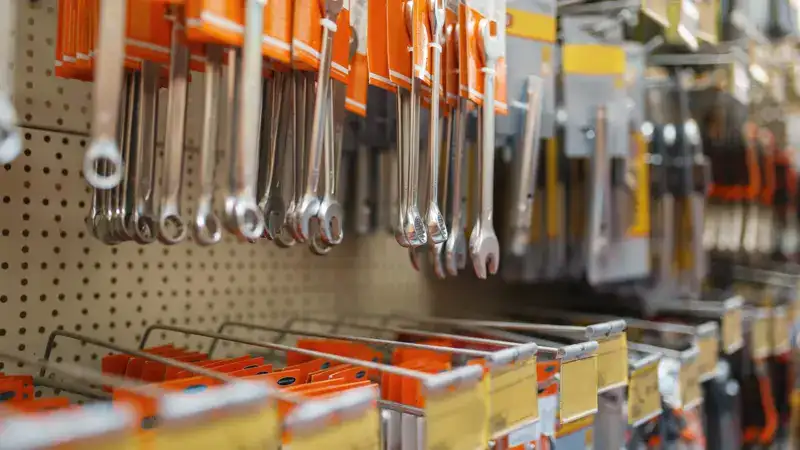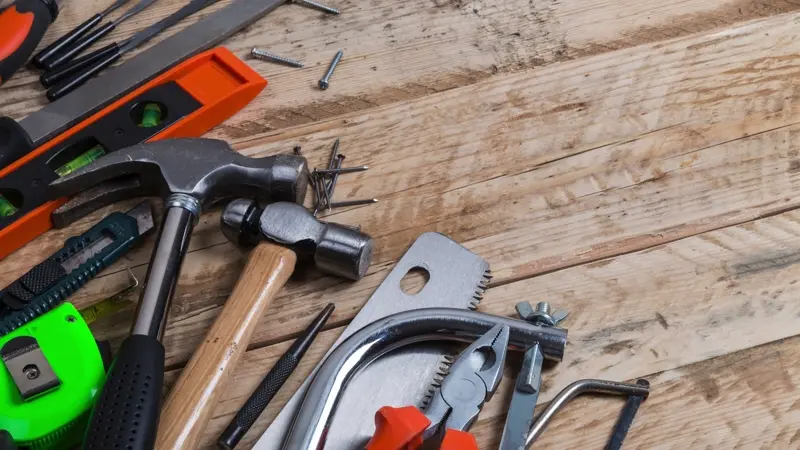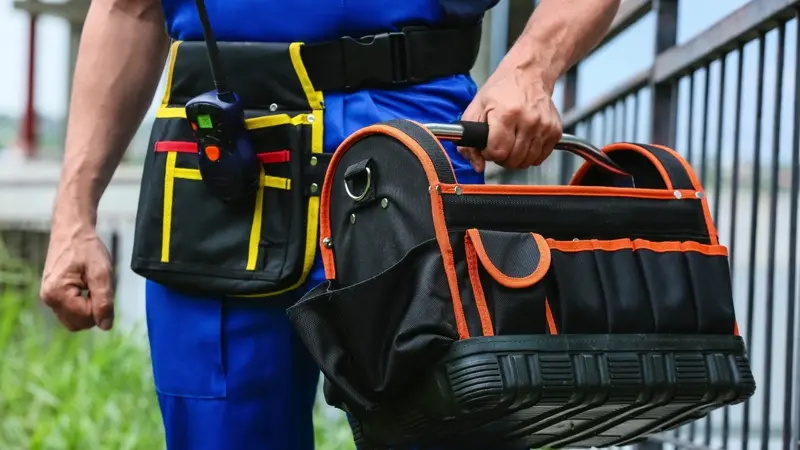Wrenches are essential tools that have been instrumental in the development of industrial society. They are specifically designed to grasp and turn fasteners like nuts and bolts. These tools vary greatly in design and size, each tailored for particular jobs. When used by skilled professionals, wrenches become more than simple tools; they transform into extensions of human skill, allowing for precise, efficient, and safe operations in a multitude of mechanical applications. Our discussion will focus on the most frequently used and widely recognized types of wrenches.
Table of Contents
Common Wrenches and their Uses
Wrenches are essential tools for professional tradespeople and home DIY enthusiasts alike. Each wrench type is meticulously designed to perform specific operations, mainly tightening or loosening nuts and bolts. Some wrenches, however, are versatile enough to be used in multiple applications. Familiarizing yourself with the most common wrench varieties can substantially improve the adaptability of your toolbox, thereby enhancing your capability to tackle various repair and construction tasks effectively. Let’s delve into some prevalent wrench types and their respective functions.
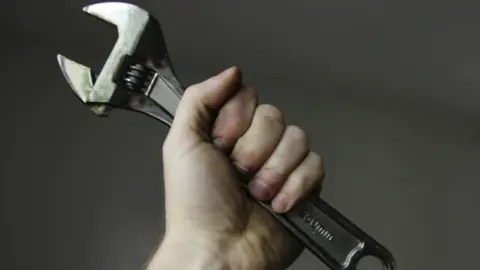
1. Adjustable Wrench: Navigating Nut and Bolt Nuances
An adjustable wrench, also known as a crescent wrench, is a multi-purpose tool featuring a jaw that can be adjusted to fit various fastener sizes. Its adaptability makes it an essential tool for numerous tasks such as plumbing, car repairs, and routine maintenance. Whether it’s repairing a leaky faucet, swapping out a vehicle component, or securing a loose bolt, the adjustable wrench is invaluable. The key to its effective use is to ensure that the movable jaw is tightened firmly around the fastener to prevent slipping and to protect the fastener’s edges from damage. Because of its versatility and precision, the adjustable wrench is a vital part of any toolkit, capable of handling diverse projects with simplicity and effectiveness.
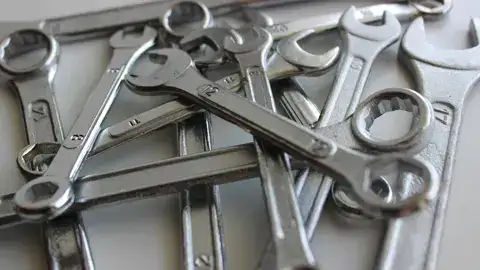
2. Open-End and Box-End Wrenches: The Craftsman’s Companion
Open-end and box-end wrenches are staples in a craftsman’s toolkit, each with unique features suited to different tasks. The open-end wrench is notable for its two U-shaped ends designed to grip nuts and bolts of varying sizes. This wrench excels in tight spaces where the circular motion of a socket wrench is impractical. Its straightforward design underscores its essential role in any toolkit.
In contrast, the box-end wrench has enclosed ends that completely surround the nut or bolt, greatly reducing the risk of stripping the corners—a common issue for both professionals and hobbyists. This type of wrench distributes applied force evenly over the nut or bolt, ensuring a secure fit and less chance of slipping that might damage the fastener or cause injury.
Box-end wrenches are typically available in sets with many sizes, ensuring versatility from delicate electronic repairs to heavy-duty automotive work. Both open-end and box-end wrenches are vital for reliable and precise work on a variety of projects.
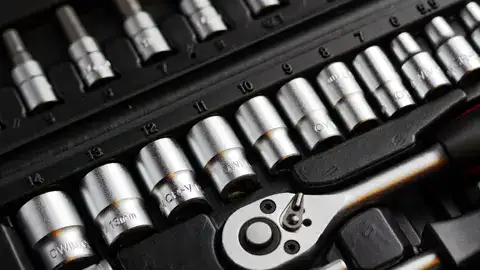
3. Socket Wrench: Enhancing Efficiency
The socket wrench, also known as a ratchet wrench, is an essential tool for both professionals and DIY enthusiasts. It’s designed to tighten or loosen nuts and bolts with high efficiency thanks to its ratcheting mechanism. This mechanism allows the wrench to turn fasteners in one direction while avoiding the need to lift and reposition the tool after each twist, which is especially useful in tight spaces or when doing repetitive tasks.
A typical socket wrench set includes various sockets in different sizes that can be quickly changed and securely connected to the handle. This adaptability makes it an invaluable tool for tasks such as assembling furniture, performing car repairs, or any other projects that involve securing parts together—greatly increasing the speed and ease of the work.
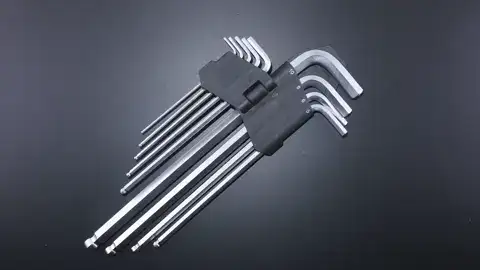
4. Allen Wrench: the Simple Yet Powerful
The Allen wrench is an essential tool notable for its L-shaped form and hexagonal prism tips. This design specifically fits recessed hex screws, which are popular for their high torque transmission and reduced slippage. You’ll often find these screws in various settings due to their efficient performance. Particularly, in the assembly of flat-pack furniture, an Allen wrench is usually included in the kit for home users and experts to accurately and securely assemble the parts. The bike industry also heavily depends on these tools to put together and adjust bike parts, highlighting their utility.
To accommodate the various sizes of hex screws encountered, Allen wrench sets come in many sizes. Such a set ensures that whether you are assembling sleek, modern furniture or a sturdy mountain bike, you have the right tool to complete the job effectively.
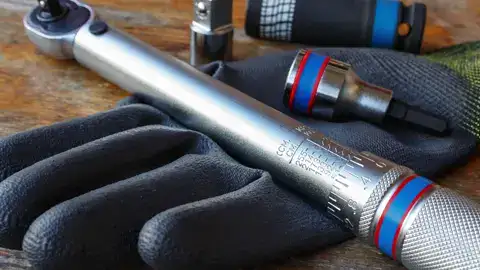
5. Torque Wrench: Tightening Perfection
Torque wrenches are crucial tools in mechanics and assembly work to achieve precise fastener tightening. These specialized wrenches allow users to apply a specific, pre-set amount of force to nuts and bolts, which is critical for maintaining an even force distribution and avoiding damage through overtightening or safety issues from not tightening enough. Their precision is especially important in the automotive industry where engine parts, cylinder head bolts, and wheel lug nuts must meet exact torque requirements.
The level of accuracy a torque wrench provides is essential and difficult to attain without such a tool, making it indispensable for any job where exact torque specifications are not just preferred but mandatory.
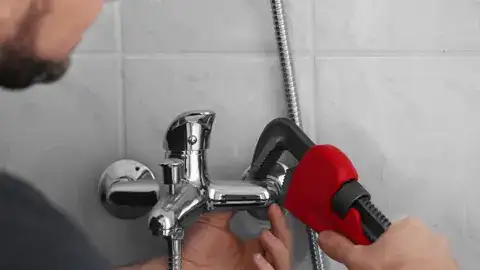
6. Pipe Wrench: A Plumber’s Best Friend
Pipe wrenches are vital tools, especially in plumbing, where they’re indispensable. Their clever design features a set of serrated jaws that grip round objects, like pipes, with precise control. The jaws’ textured pattern grips the pipe firmly, preventing slippage even when applying significant force. These wrenches are built to hold tight yet carefully manage how much force is used to protect the pipe’s integrity. Expert plumbers use them with controlled pressure to turn fixtures without damaging the pipe or impairing its function. The sturdy and user-friendly pipe wrench acts as an extension of a plumber’s hand, applying the perfect amount of force that balances strength with careful handling.
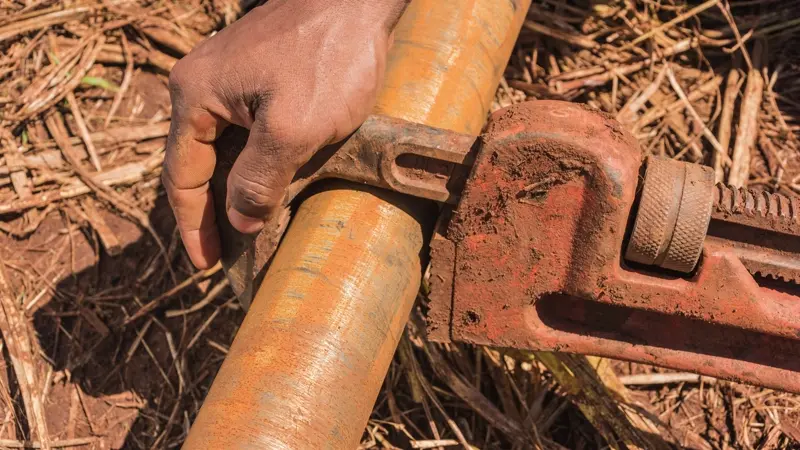
The Bottom Line
While professionals in various industries may use more specialized types of wrenches, equipping your toolbox with basic wrenches should suffice for most home or garage maintenance tasks. Choose quality tools that are comfortable to hold to make your work smoother, successful, and safe.
Regular tool maintenance is crucial—clean them regularly and store them properly to ensure they remain in top condition for many years. Whether you’re a beginner DIY enthusiast or an experienced mechanic, understanding the uses and limitations of different wrench types empowers you to complete projects confidently and efficiently.
